“Made in Portugal” Williams Sonoma dinner plate: 151,800 ppm Lead on the food surface. 90 ppm is unsafe for for kids!
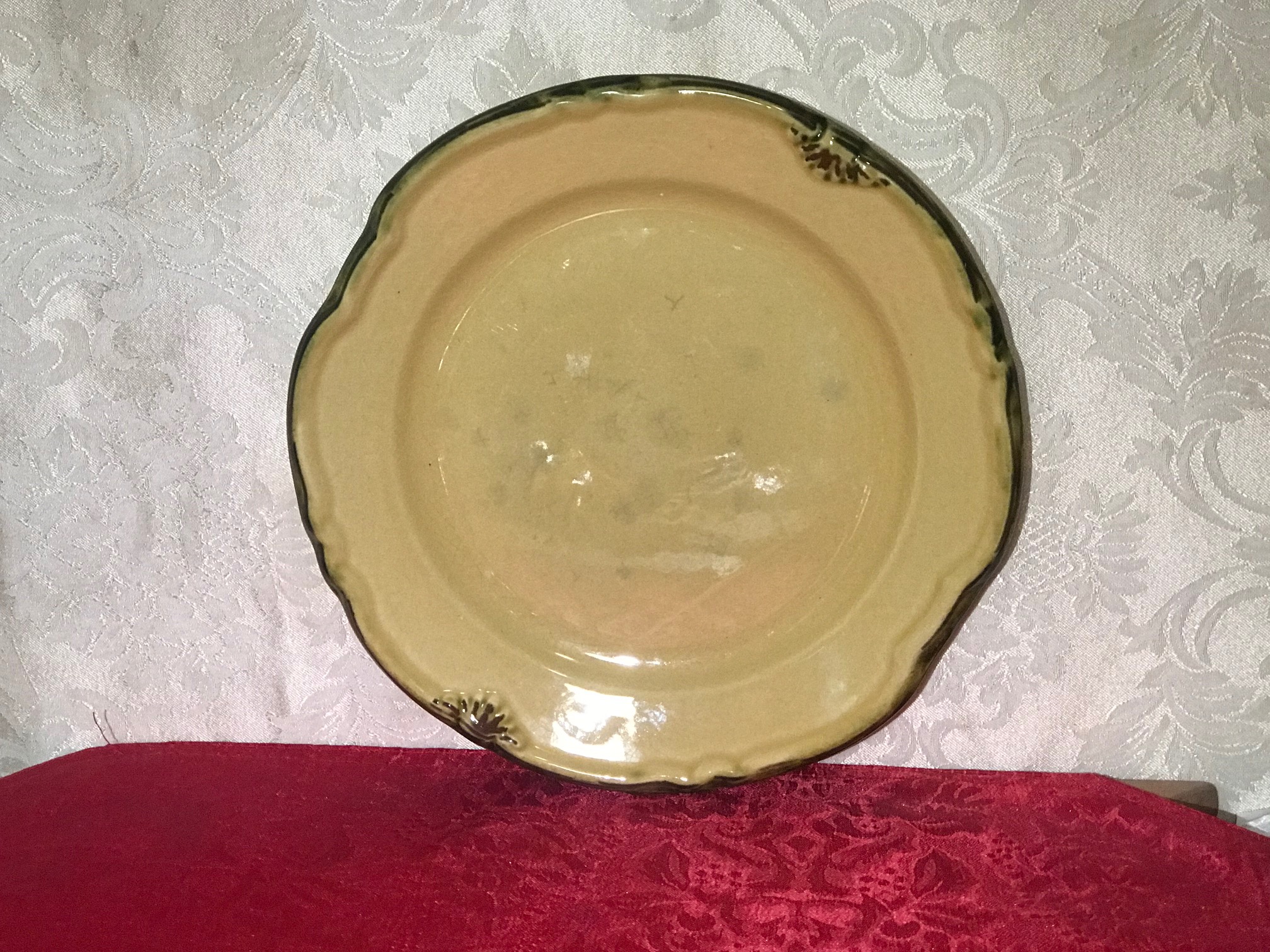
Introduction (for those new to this website):
Tamara Rubin is an independent advocate for consumer goods safety. She is also a mother of Lead-poisoned children. She began testing consumer goods for toxicants in 2009 and was the parent-advocate responsible for finding Lead in the popular fidget spinner toys in 2017. Tamara uses XRF testing (a scientific method used by the U.S. Consumer Product Safety Commission) to test consumer goods for metallic toxicants, including Lead, Cadmium, Mercury and Arsenic.
When tested with a a high-precision XRF instrument, the yellow glazed “Made in Portugal” dish pictured here (which the owner told me she purchased at Williams Sonoma in the past 10 or 20 years, likely between the years 2000 and 2010) had the following readings:
Yellow glazed center of plate (food surface):
- Lead (Pb): 151,800 +/- 7,400 ppm. That’s over 15% Lead in the glaze!
- Barium (Ba): 11,300 +/- 700 ppm
- Tin (Sn): 9,310 +/- 483 ppm
- Zinc (Zn): 3,701 +/- 219 ppm
- Iron (Fe): 13,200 +/- 700 ppm
XRF testing was done for a minimum of 60 seconds per component, and repeated multiple times to confirm the results. Results are science-based, accurate, and replicable.
How much Lead is “too much” Lead?
The amount of Lead that is considered unsafe – and illegal – in a modern / newly-manufactured item made and sold for use by children today is anything 90 ppm Lead or higher in the paint / glaze or coating, and anything 100 ppm Lead or higher in the substrate. Ceramic dishes are not covered by this regulatory standard (even though it is my opinion that they should be — because children obviously use dishes!)
If this dinner plate was manufactured today with these levels and (explicitly) sold as “intended for use by children” it would definitely be considered both unsafe and illegal. If it were manufactured today and sold for use by adults (i.e. not explicitly marketed as “intended for use by children“), it would be considered perfectly safe and legal (as long as it met regulatory limits for leach testing of Lead – at the time of manufacture)!
Takeaway:
I always recommend avoiding ANY food-use ceramics from Portugal. Nearly every single piece of ceramics from Portugal that I have tested has been positive for a very high level of Lead. To see more pieces I have tested that were marked as. “Made in Portugal”, click here. Williams Sonoma is also on my “no fly list” and you can read more about that on this link.
As always, thank you for reading and for sharing my posts.
Please let me know if you have any questions.
Tamara Rubin
#LeadSafeMama
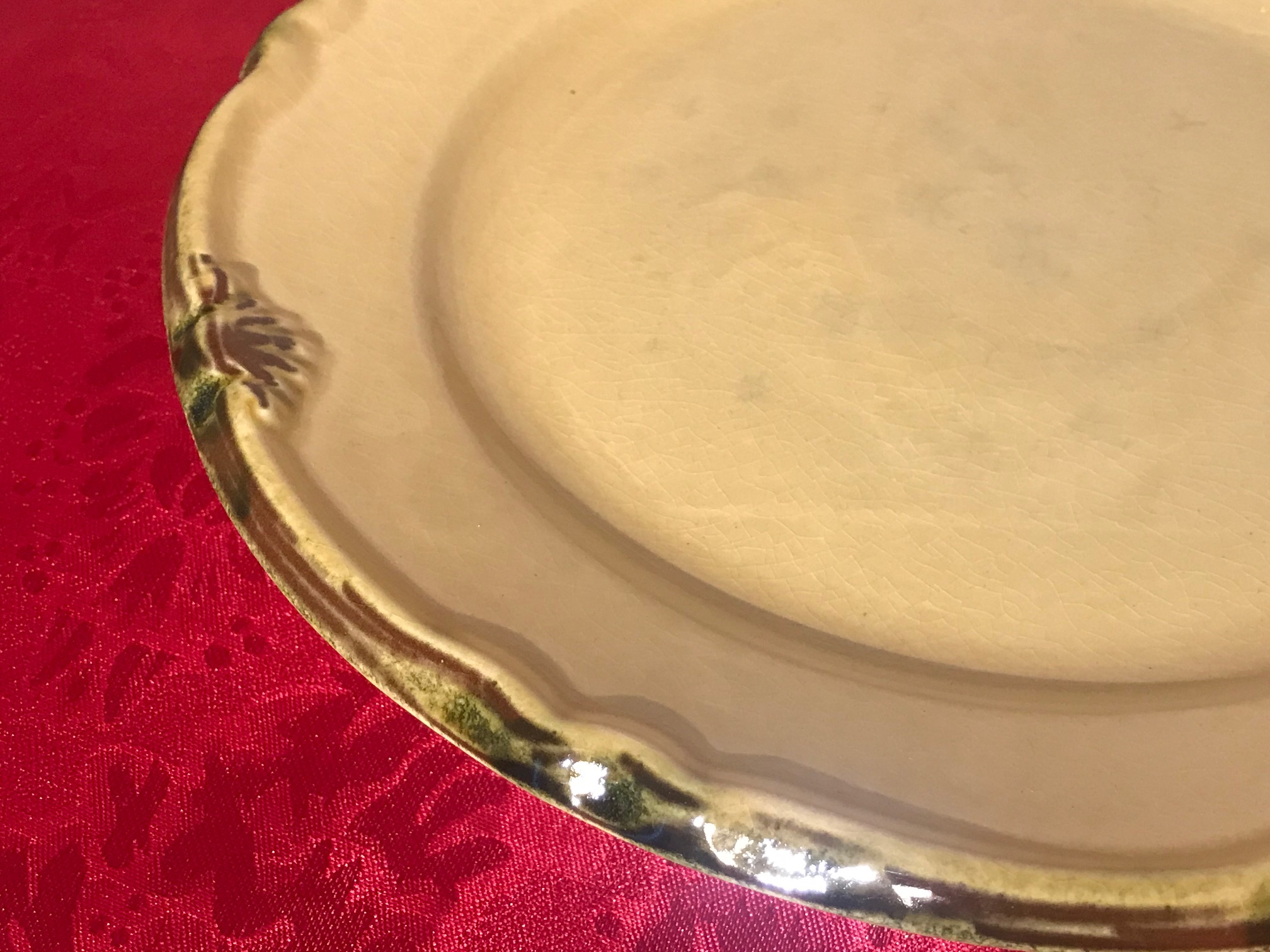
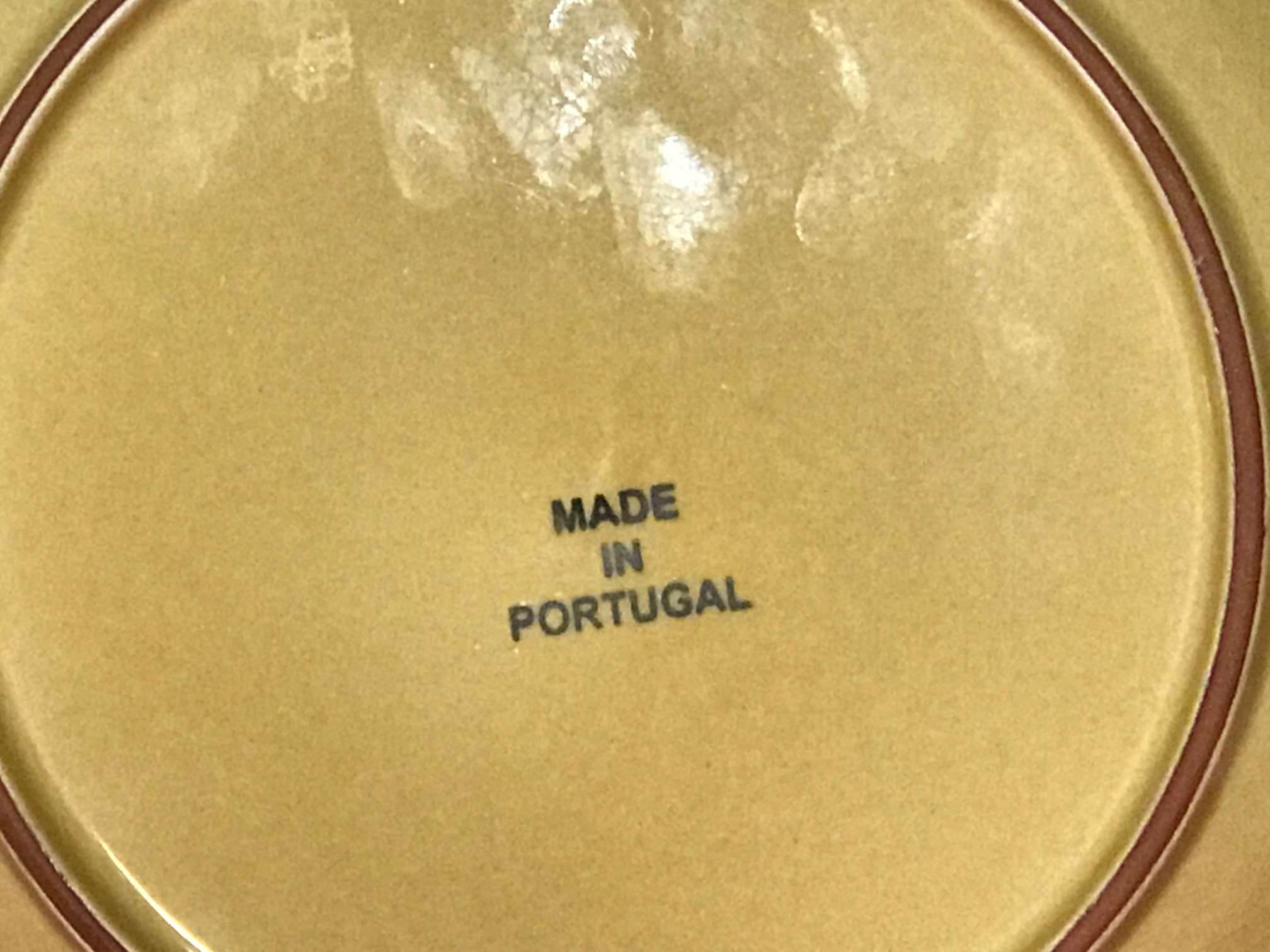
Never Miss an Important Article Again!
Join our Email List


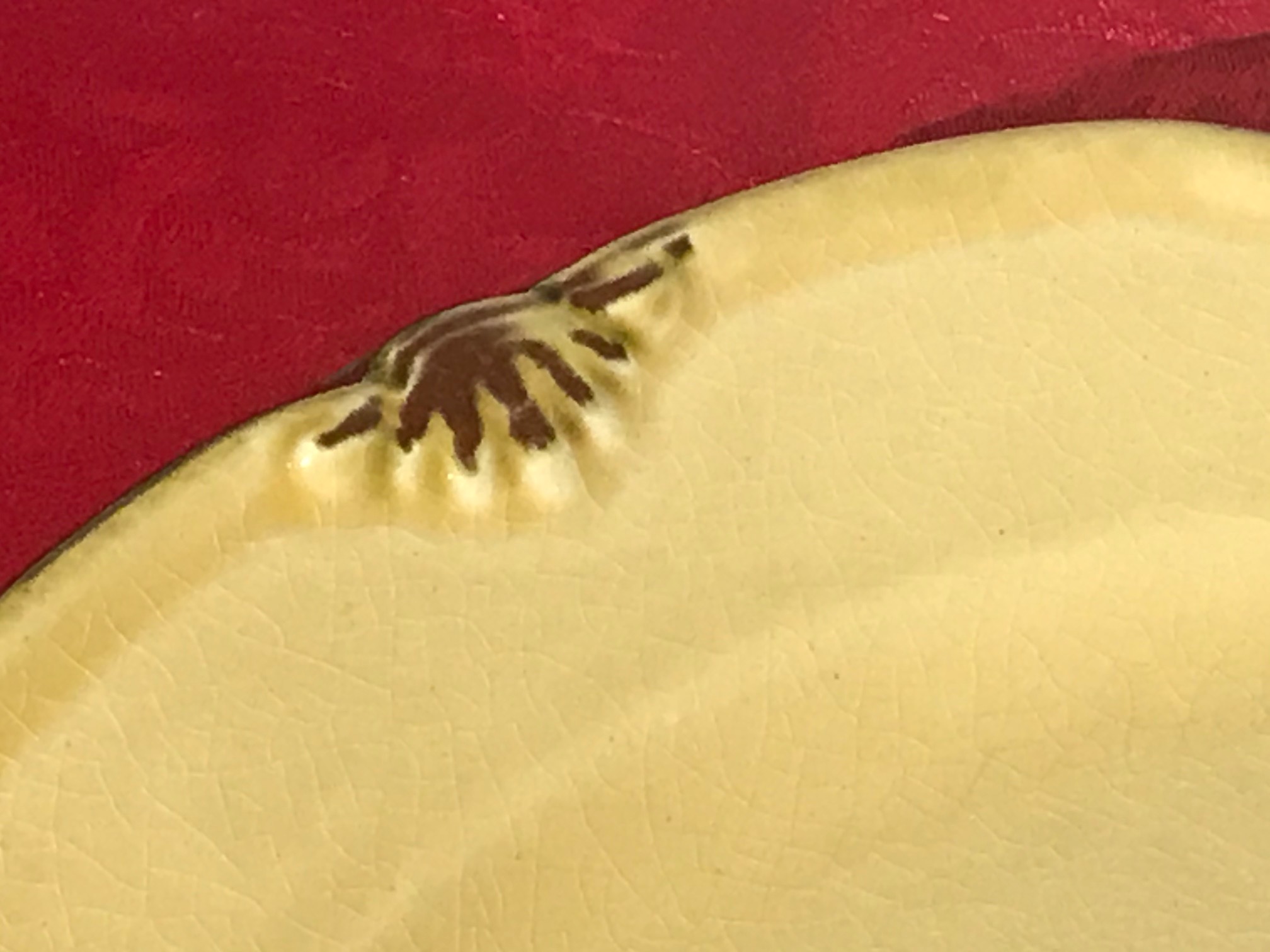
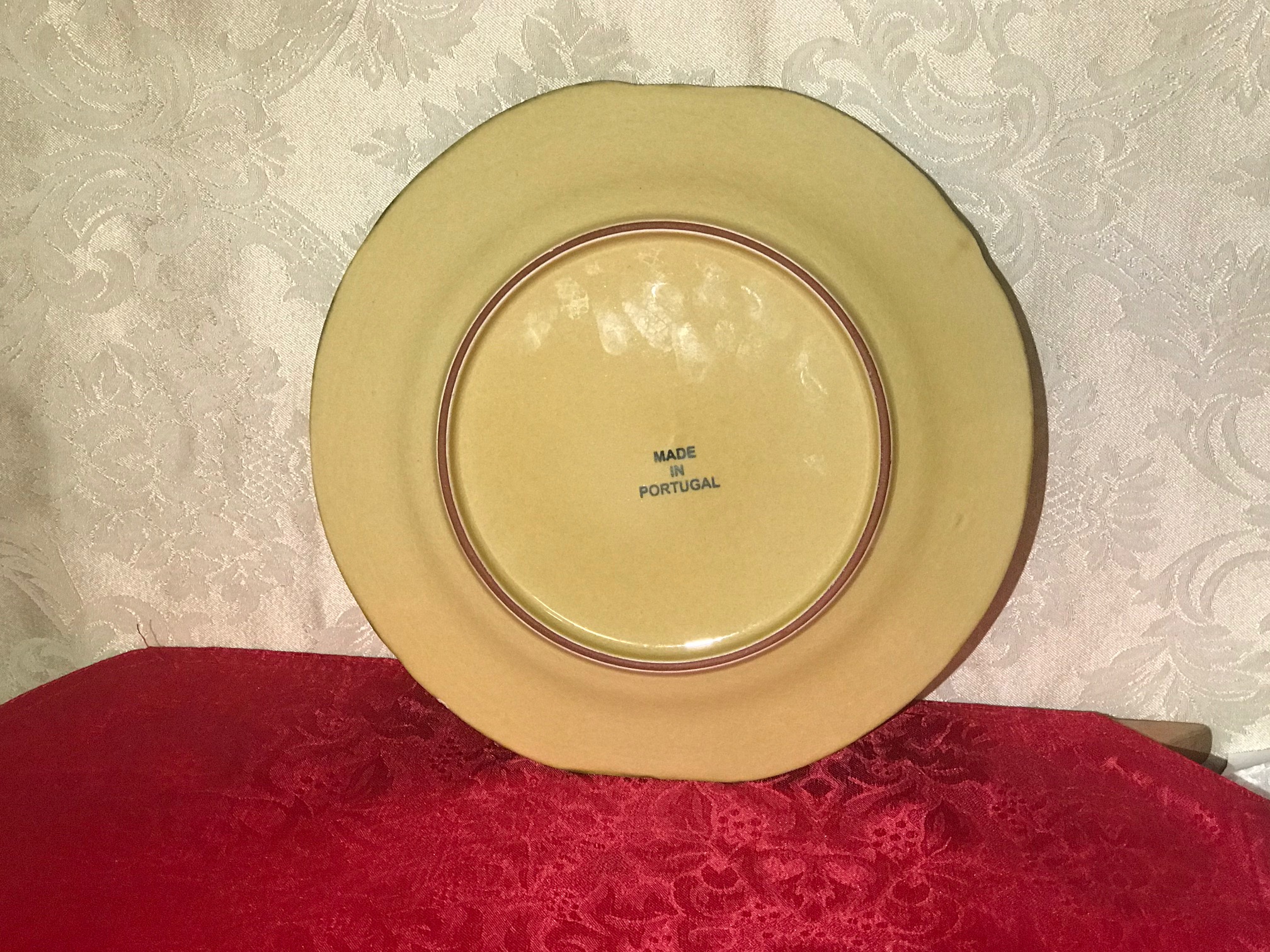

I have Ikea plates which are made in Portugal. Is this a problem?
Also, have you ever tested coloured metal crochet hooks?
Thank you so much Tamara for your dedication in educating us regarding lead and other toxic substances in everyday items.
With kindest regards from England.
Wendy Johnson.